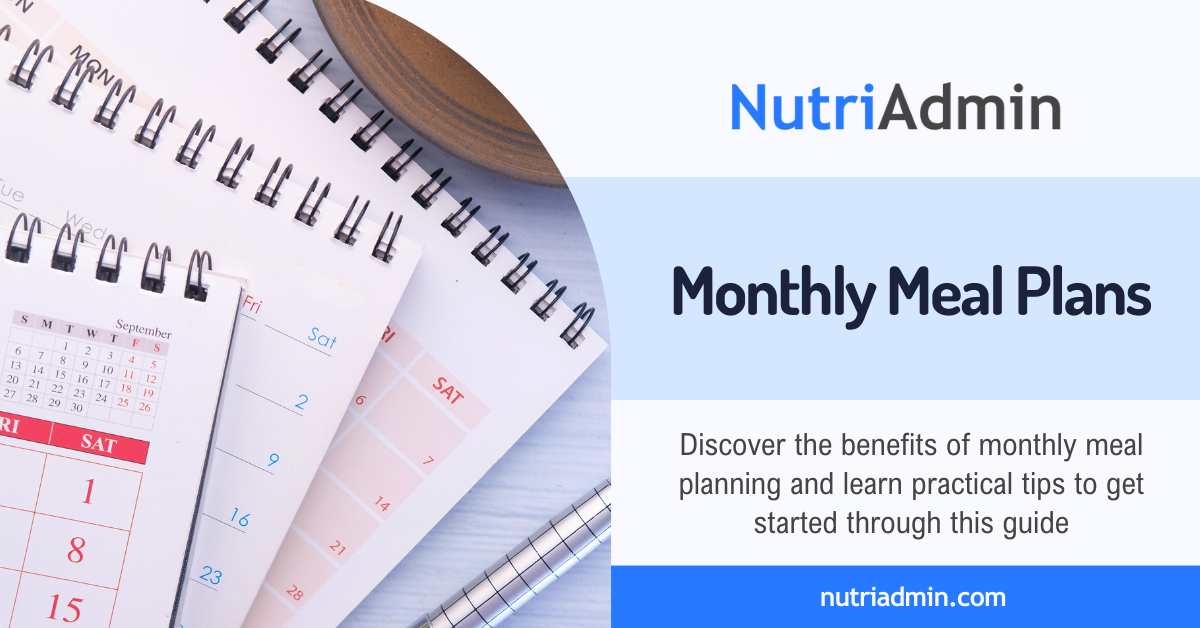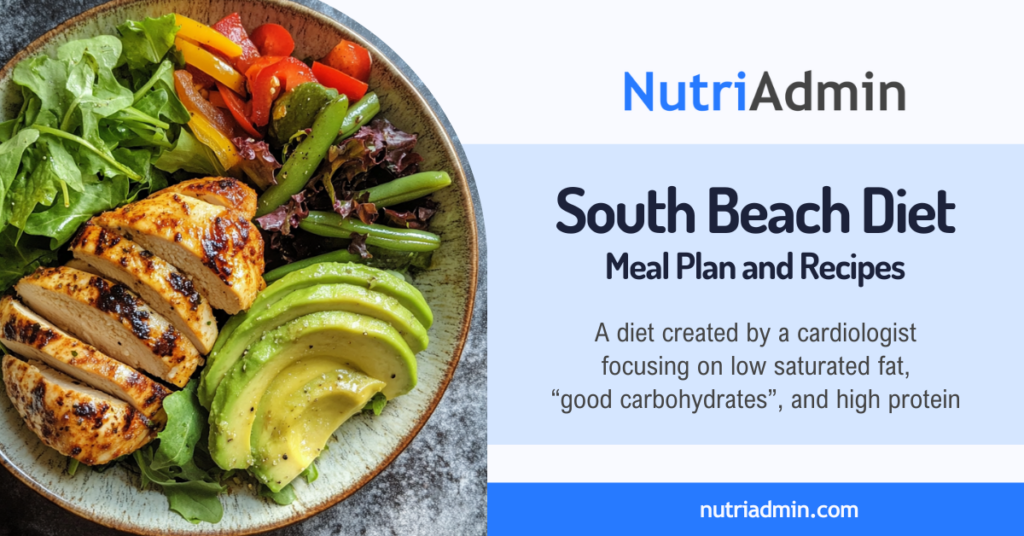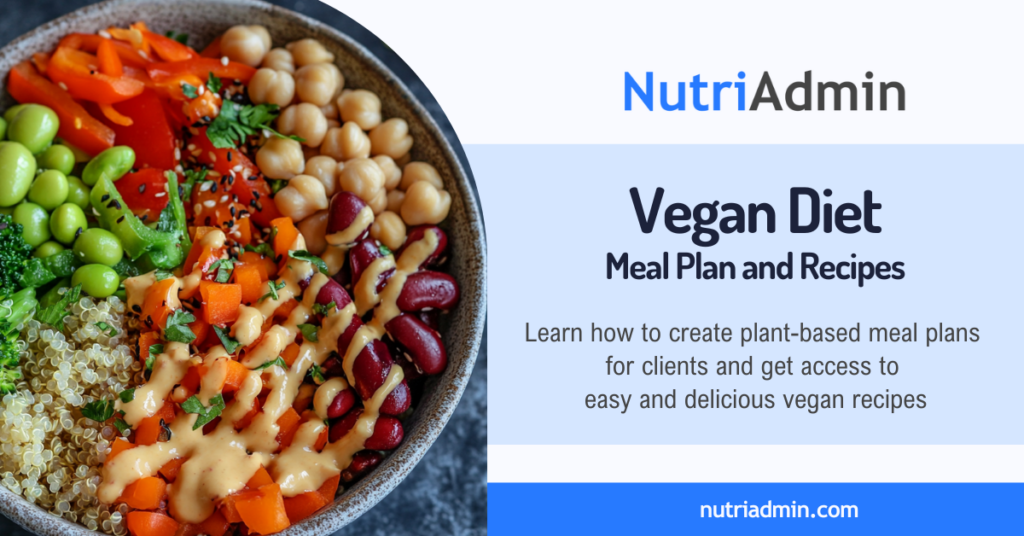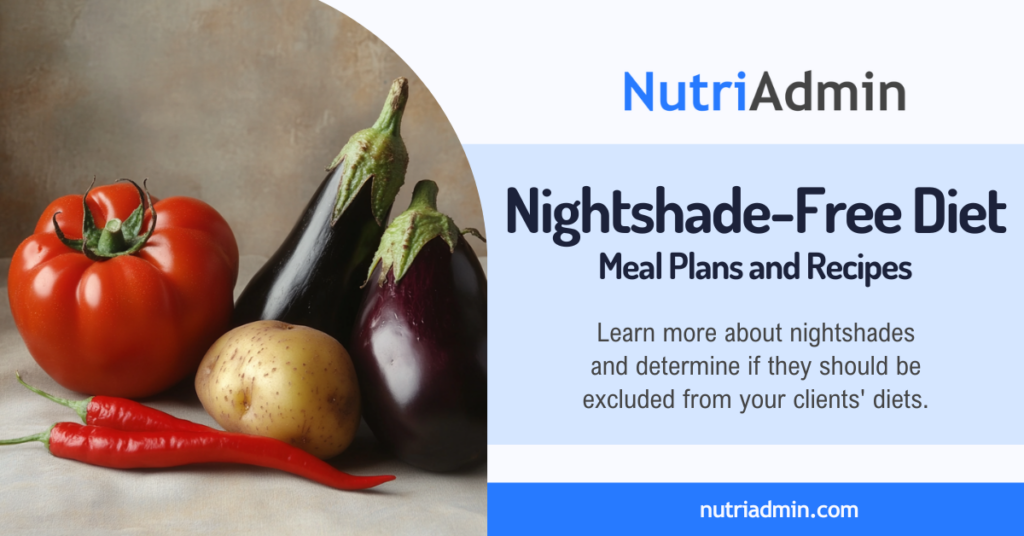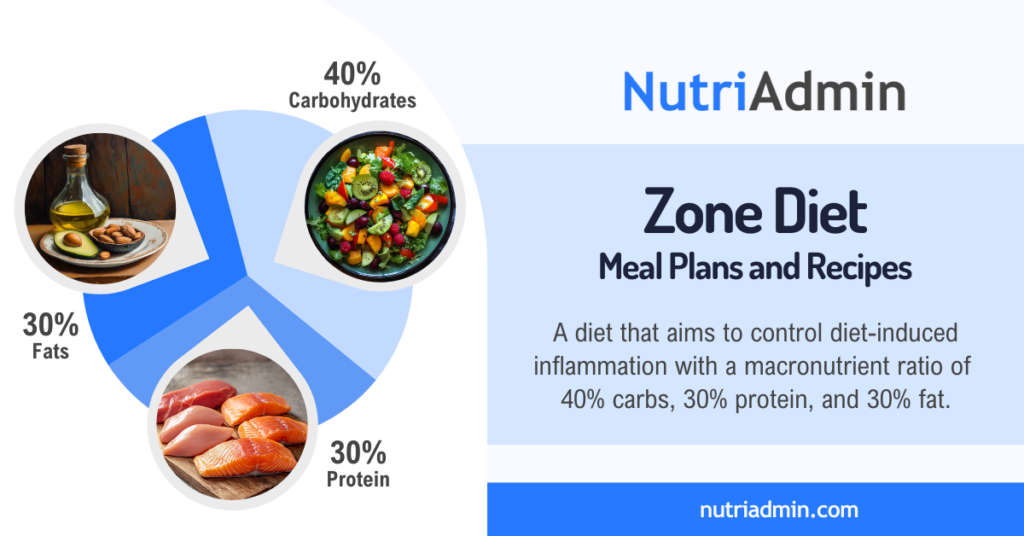Are you tired of figuring out what to eat for your next meal? Do you want to start planning your meals but don’t know where to begin? Consider saving time and trying a monthly meal plan.
My name is Lucy Domingo, and I am a Registered Nutritionist Dietitian. In this article, I will cover the benefits of monthly meal planning, and practical steps to help you create effective monthly meal plans.
Benefits of Monthly Meal Plans
A monthly meal plan is a way of organizing and scheduling your meals for the whole month ahead of time. It helps you save time and make healthier food choices by deciding what to eat in advance. It involves planning menus and specifying meals for each day.
Fewer Recipes
If there are specific meals you enjoy and want to repeat, you have the flexibility to plan that in advance. Additionally, if you’re not confident in your cooking skills or if you don’t have time to learn and prepare meals, monthly meal planning simplifies things. You can focus on learning fewer recipes that you like and repeat them, making the process more manageable.
Advantage of Monthly vs Weekly Meal Plans
Both weekly and monthly meal planning are good options. In this section, we’ll discuss the advantages of choosing monthly meal plans.

Time and Money Saving
Monthly Meal Plans
Planning your meals for the whole month ahead of time means you won’t have to decide what to cook every day. You can save time on grocery shopping because you can buy non-perishable items in advance for the whole month. You only need to make shorter weekly trips to the grocery store to replenish perishable goods, such as fresh produce.
Buying in bulk during monthly meal planning saves you money. When you purchase larger quantities of non-perishable items like grains and canned goods, you often get discounts.
Weekly Meal Plans
Weekly plans may involve more frequent but smaller planning sessions. While this can be time-efficient, it may require more regular grocery shopping and meal preparation.
Buying smaller quantities of perishable items more frequently can help reduce food waste. However, the convenience of frequent shopping might lead to more impulse purchases.
Flexibility
You can easily tweak and adjust your plan to fit your preferences or adapt to schedule changes. It’s like having a customizable guide for your meals, making it practical and personalized to your tastes and routine.
Consider this scenario:
Halfway through the month, you feel like changing up your meals based on your current goals or progress. In a monthly meal plan, adjusting and changing recipes is simple and practical.
While it’s still possible to incorporate this approach into a weekly meal plan, it might be a bit more challenging due to the shorter planning time and the need for quick replacements of certain meals. On the other hand, with monthly meal plans, you have the flexibility to change your mind a week or so in advance.
Building Healthy Eating Habits
Building healthy eating habits can be approached through both weekly and monthly meal plans.
In a weekly plan, you focus on shorter intervals, making it easier to adapt quickly to changing preferences or circumstances. This approach suits those who prefer more frequent adjustments.
On the other hand, monthly meal plans provide a broader perspective, allowing for better habit formation over an extended period. They reduce the need for constant adjustments, offering stability and consistency, which can be beneficial for those seeking a more structured and pre-planned approach to healthy eating habits.
If you’re aiming to improve your diet for weight loss through calorie deficit, manage health conditions, or simply maintain good health, monthly meal plans can assist in developing better eating habits. This can help you learn how to stick to a diet mentally over time.
The choice between weekly and monthly plans still depends on individual preferences and lifestyle considerations.
Practical Monthly Meal Planning Tips
Planning monthly meals can be overwhelming when you’re just starting out. After all, having to plan for 30 days’ worth of meals is a lot. If you’re transitioning from regularly eating without planning, this can be particularly challenging. However, with some tips, this process can be more manageable as you get started.

Create a List of Recipes
Learn how to create recipes and develop a list of your go-to recipes that you enjoy and are comfortable preparing for your monthly meal plan. Choose dishes you genuinely enjoy and are familiar with, making the entire process more straightforward.
Maintaining a list of your favorite recipes eliminates the need to come up with new ideas each month. It allows you to select meals from the list easily.
Batch Cooking
Batch cooking is a practical strategy when you plan monthly meals. You can prepare and freeze larger portions of meals in advance. While batch cooking may not suit every individual’s preferences, this efficient approach not only saves time but also ensures that you have convenient, ready-to-go options, especially on days when cooking feels like a bit too much.
By dedicating a portion of your time to cooking in batches, you create a stockpile of homemade meals in your freezer. This way, you can easily thaw and enjoy a delicious, home-cooked meal without the effort of cooking from scratch every day.
Opt for Seasonal and Sale Items in Your Meal Plan
When planning your monthly meals, opt for fruits and vegetables that are currently in-season. This not only ensures freshness but also guarantees that you’re incorporating nutritious produce into your diet.
Keep an eye on sales at your local grocery store to take advantage of discounts on other food items. This straightforward strategy not only adds variety to your meals but also makes your monthly meal planning both cost-effective and nutritious.
Flexible Ingredients
Opt for recipes that share common ingredients when planning your monthly meals. It minimizes waste and reduces the number of different items you need to buy.
For example, you can categorize the major food groups typically consumed in each meal – proteins, vegetables, fruits, and carbohydrates. Aim for at least three options for proteins, vegetables, and fruits. When it comes to carbohydrates, consider selecting fewer types or opting for those with a longer shelf life, such as rice, quinoa, oats, and other grains.
You can adjust these depending on your preferences and budget.
Prepare Ingredients in Advance
Having created a meal plan for the entire month, you can now organize and prepare your ingredients in advance. Check whether your scheduled meals require certain ingredients to be prepared ahead of time. This way, you can allocate time to prepare these ingredients, ensuring a smooth cooking process when it’s time to execute your monthly meal plan.
Proteins
- Pre-portioning. If you purchase proteins such as meat, poultry, fish, or seafood, planning for your meals for the month allows you to buy in bulk. You can then portion them accordingly to match serving sizes for each meal. Pre-portioning enables you to defrost only the amount needed for a specific meal, reducing food waste and ensuring that the thawed meat is used promptly, maintaining both safety and quality.
- Marinating Meats. Preparing marinades ahead of time allows flavors to develop, enhancing the taste of meats during cooking.
- Vegan Options. If you follow a vegan diet for your monthly meal plan, various protein sources are available, requiring different storage and portioning approaches. Familiarize yourself with the shelf life of items like tofu, tempeh, and seitan to plan accordingly and prevent food waste. Beans, chickpeas, and other legumes are typically available in either dried or canned forms, offering extended storage. You can opt to buy these items in bulk and portion them based on your specific needs.
- Dried Beans and Legumes. Soak dried beans overnight to reduce cooking time, rinse them, and either cook a batch for immediate use or portion and freeze for later. Having pre-prepared beans on hand adds a quick and nutritious protein source to a variety of dishes, saving time and promoting healthy meal choices.
Fruits and Vegetables
- Prepping Salad Greens. Washing, drying, and storing salad greens in advance ensures quick and easy salad assembly when needed.
- Blanching and Freezing Vegetables. Blanching and freezing vegetables help preserve their freshness and make them readily available for cooking.
- Preparing Smoothie Packs. For people who like smoothies, portioning and freezing ingredients like fruits in advance simplifies the morning routine.
- Chopping Vegetables. Pre-chopping vegetables like onions, peppers, and carrots saves time during meal preparation, especially on busy days.
Other Ingredients
- Prepping Breakfast Items. Preparing ingredients for breakfast items like overnight oats or pre-made muffin batter simplifies morning meals.
- Grating Cheese. Grating cheese in advance speeds up meal preparation and is convenient for various recipes.
- Homemade Sauces. Preparing sauces or dressings in advance allows flavors to meld, enhancing the overall taste of the dish.
- Cooking Grains and Pasta. Pre-cooking grains like rice or pasta makes it simple to add them to various dishes throughout the week.
Stay Flexible in Your Monthly Meal Plans
Staying flexible is important in your monthly meal planning. Life can be unpredictable, and being adaptable means you can easily adjust when unexpected things happen or if your preferences change. It’s like having a backup plan for your meals, making everything less stressful and more enjoyable. So, don’t stress about sticking to the plan too strictly – being open to changes makes your meal planning journey smoother and more relaxed.
To learn more about how to make a meal plan, you can refer to our in-depth guide. This contains everything you need to know about meal planning.
Meal Planning Tools
Utilizing meal planning tools is a practical strategy for organizing and visualizing your monthly meal plan. Consider incorporating meal planning templates to efficiently structure your meals. You can use free templates available online or create your own list using tools like Google Docs or Microsoft Excel, or even a simple pen and paper. These tools assist in maintaining a clear overview of your planned meals, making it easier to stay on track with your goals.

You can download a free monthly meal plan template below to assist you in planning your meals.
Meal Planning Software for Professionals
If you’re a nutritionist, dietitian, coach, or personal trainer responsible for creating numerous monthly meal plans for different clients, using meal planning software can significantly enhance efficiency and help you save time. This tool assists in organizing and consolidating all your meal plans and recipes in one place.
It allows you to easily review and compare meal plans against your clients’ actual intake, facilitating straightforward evaluations of what works or needs adjustment. Additionally, you can effortlessly modify portion sizes based on your clients’ goals and progress, streamlining the planning process and providing tailored support.
To help you in finding the best meal planning app for your business, you can check out our comprehensive guide for practical tips and insights.
Meal Plan Generator and Recipes Database
NutriAdmin is an all-in-one nutrition software designed to simplify meal planning for nutritionists, dietitians, coaches, personal trainers, and wellness professionals. We provide software for fitness and health coaches, and software for personal trainers. Meal plans are a key feature for every type of professional we serve.
In addition to its professional meal planning feature, NutriAdmin offers an automatic meal plan creator. This tool enables you to create customized meal plans using various filters, accommodating clients with specific allergies or intolerances, adhering to specific diets such as the dairy-free diet, gluten-free diet, AIP diet, and ketogenic diet, adjusting based on macros and energy needs, and more.
If you already have your own recipes and just need fresh ideas to complement some of the meals in your monthly meal plans, NutriAdmin also provides a recipes database. Here, you can search for dietitian-vetted recipes that are quick and easy to make.
The following 4-Week Meal Plans are created using NutriAdmin’s Meal Planning Software and Recipes Database. Feel free to download them and use them as your guide in creating monthly meal plans.
Conclusion
Monthly meal planning offers numerous benefits, including time and cost savings, adaptability, enhanced efficiency, and building healthy eating habits.
By creating a list of recipes, incorporating batch cooking, and optimizing seasonal and sale items, you can streamline your meal preparation process. Utilizing flexible ingredients, preparing in advance, and staying open to adjustments contribute to a more adaptable and stress-free approach.
Additionally, utilizing meal planning tools, whether simple templates or specialized software, adds an extra layer of organization. Whether you choose weekly or monthly plans, the key is to find a strategy that aligns with your lifestyle and goals, facilitating healthier eating habits and overall well-being.
